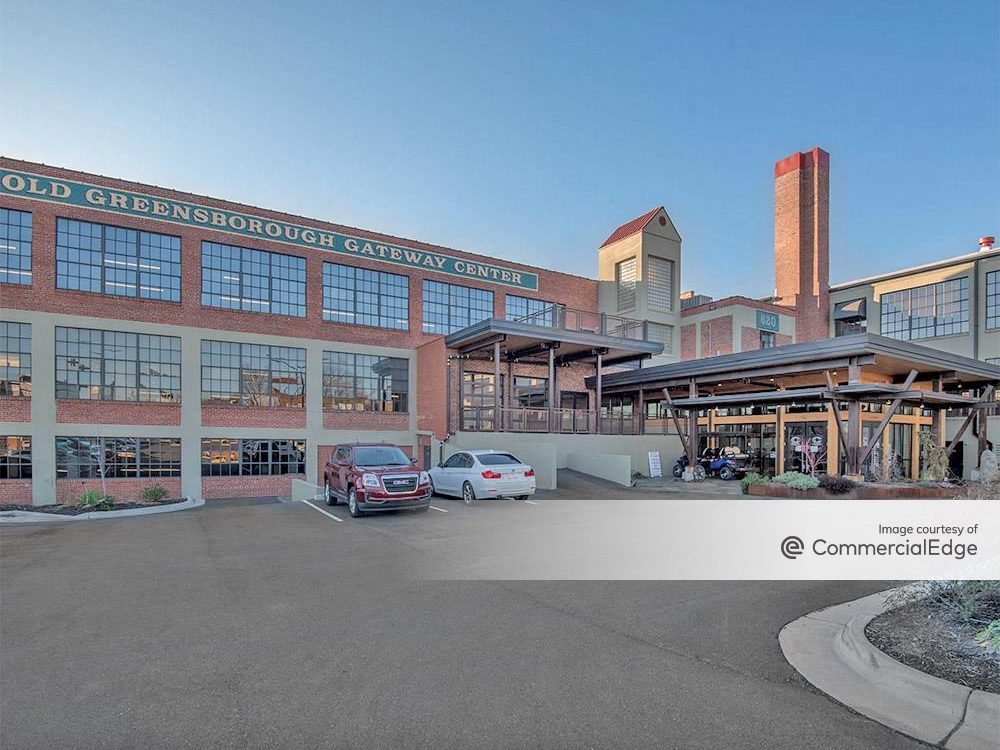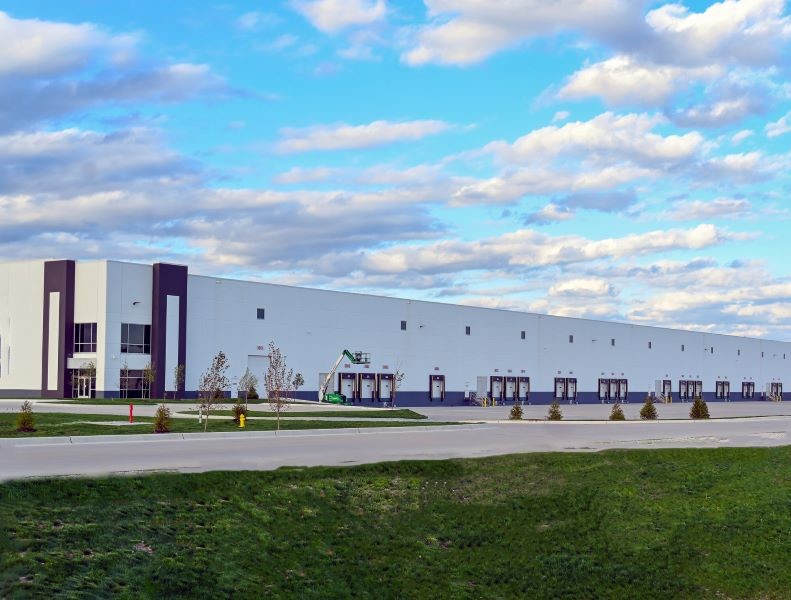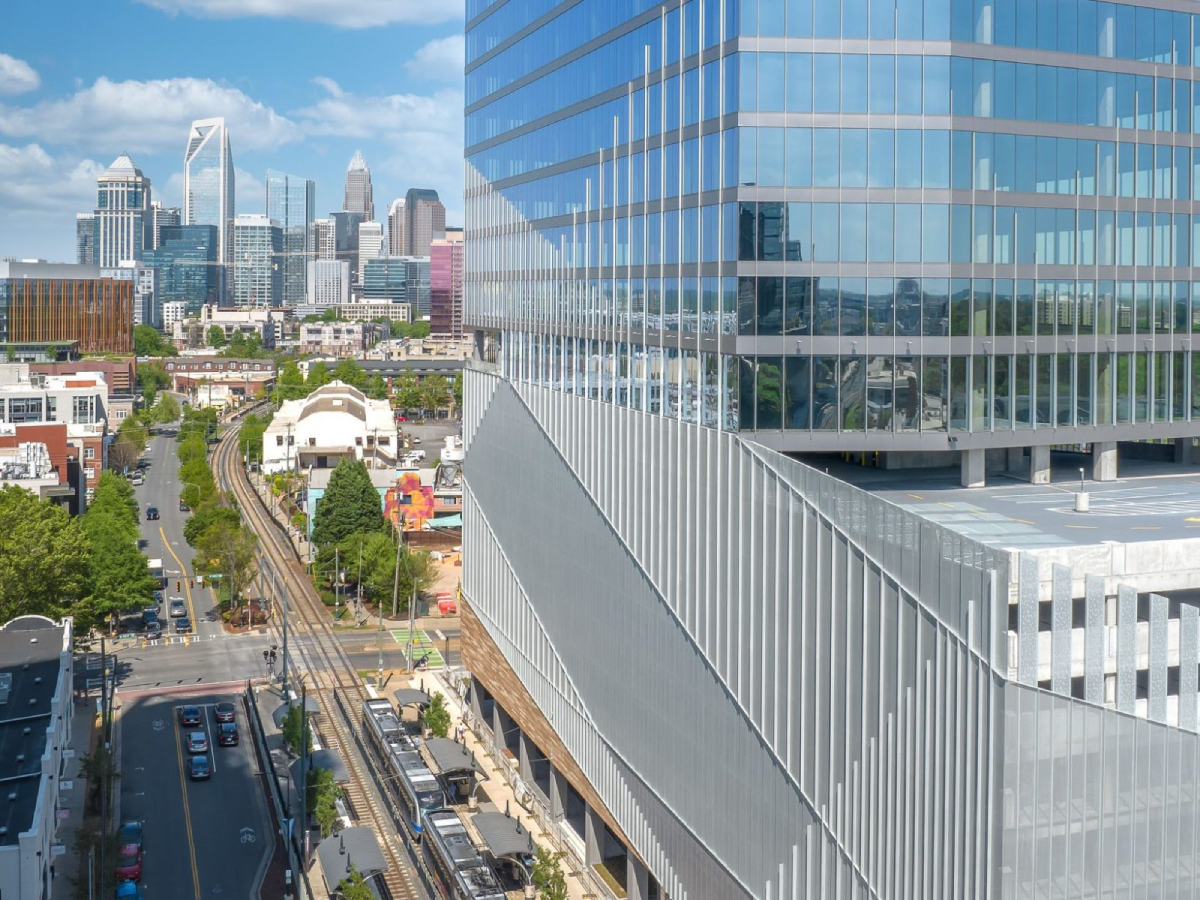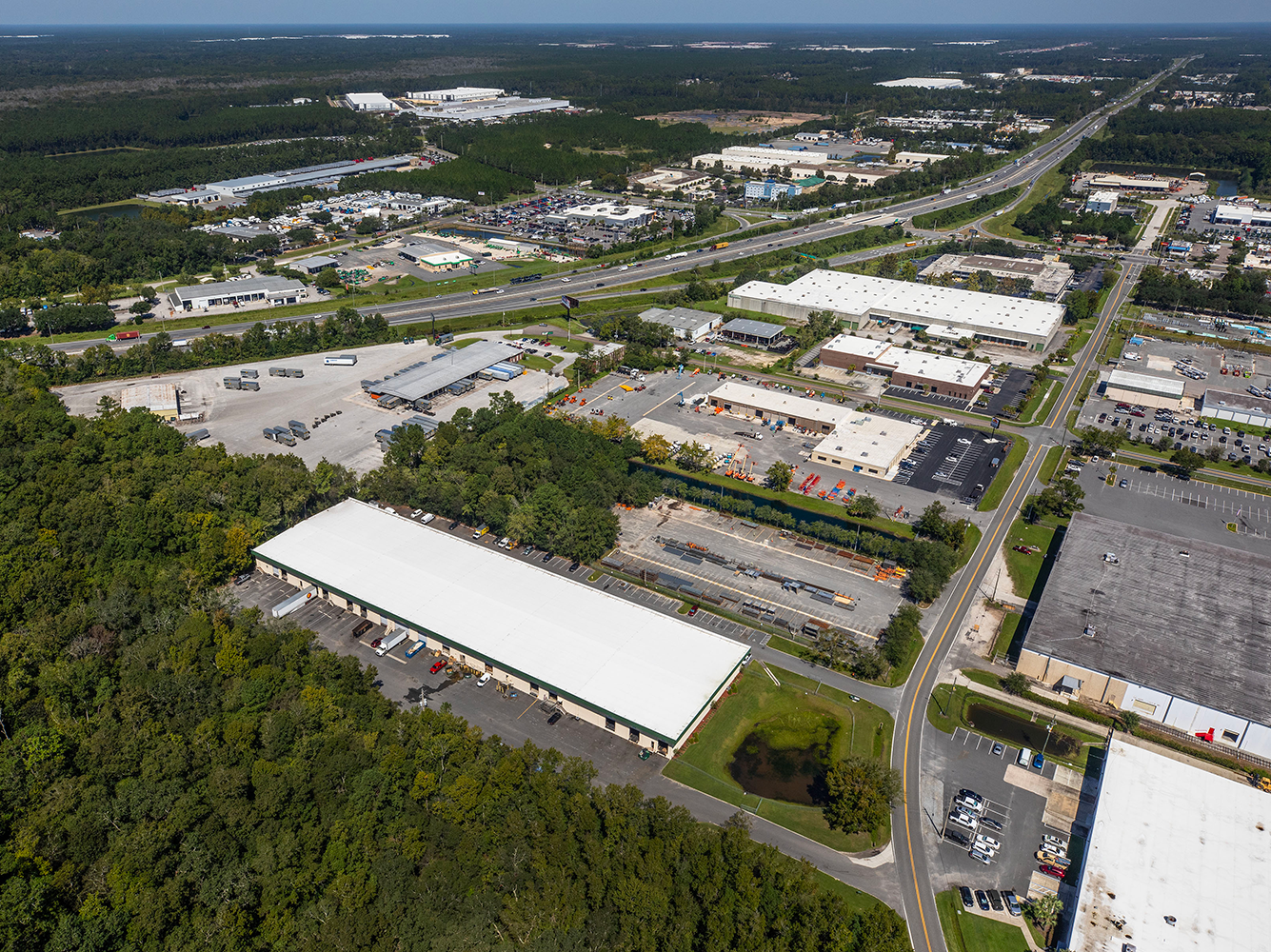CBRE’s Melina Cordero on the Evolution of Retail Real Estate
CPE spoke with CBRE's Head of Retail Research, Americas on the major issues retailers are facing today and how sector changes are impacting the commercial real estate industry.
By Samantha Goldberg
Over the last several years, the growth of e-commerce and the invention of new technologies has shaken up the retail industry. Retailers have had to shift their strategies as sales continue to move from in-store to online—and online no longer means just using a computer; shoppers are using phones, tablets and other smart devices. What consumers want in a shopping experience is also changing as they increasingly desire a complete integration of brick-and-mortar and online platforms—also known as omnichannel retailing.
These major changes in the retail industry led CBRE to realize the opportunity it had to make an impact; This past January, the firm decided to create a role specifically dedicated to retail research, and hired Melina Cordero to do the job. CPE had the chance to catch up with Cordero to discuss this new role and how the transforming retail sector is impacting the commercial real estate industry.
CPE: Tell us about your role at CBRE and what peaked your interest in retail research.
Cordero: The company is identifying retail within the commercial real estate world as a huge opportunity. There’s a lot of growth in retail service demand, opportunities for consolidation, and it’s an area where the company thinks its size, resources and global coverage can make a difference. CBRE is expanding its retail service offer and features from a brokerage and an investment standpoint, but a key part of that is having strong research capabilities focused exclusively on retail.
That’s why they created this role, to have someone be a dedicated research resource that knows everything about not only retail and real estate but the consumer, and works closely with our retail professionals on the ground.
I came into this position with an academic background in urban planning and development in an international context. I ended up working a little in consumer and market research, but then primarily in the technology and data analytics field. I worked for a firm that did location analytics, detecting mobile phone signals and using that data to provide information to landlords about how people are interacting with a space, particularly in a shopping center. I got great exposure to the challenges being posed to retailers in the shopping center industry in this omnichannel world.
CPE: What do you think led to the emergence of omnichannel retailing and how is it affecting the commercial real estate industry?
Cordero: E-commerce has grown primarily over the past five to 10 years. Around 2000, e-commerce was less than 1 percent of total retail sales and today it’s about 7.5 percent and growing. Everyone talks about this huge shift toward online, but what that means is online, mobile, and tablet. Consumers aren’t just shopping online and in store, there’s a lot more demand for blending and omnichannel integration. They want to be able to go into store and look online and price compare and then purchase on their phone. Or they want to order online but pick it up in store and return it there if they don’t like it.
Retailers are realizing this is something they have to do; it’s not an option. We’re seeing retailers redesigning store formats, integrating new technologies, adding new features to websites, or offering different delivery and return structures. There’s still retailers that didn’t even sell via their websites up until a few years ago.
Retailers are also having to adapt in ways that fundamentally change their operations, especially in terms of logistics. Return rates for goods ordered online is much higher than in store and having to cope with the cost of providing free returns and delivery, and increasingly rapid delivery, is a huge expense. Also there’s the cost of having sophisticated digital platforms, privacy and protection for purchasing online. It’s all very expensive and squeezing their margins.
Certain categories are more impacted than others. Apparel and electronics have high rates of e-commerce penetration, whereas jewelry and grocery store are a little more protected—they’re categories where consumers are still primarily going in store.
CPE: How is omnichannel retailing impacting real estate owners and investors?
Cordero: Hugely. If you think about lease structures, a lot of what a landlord depends on from the retailer is in-store sales. Rental structures in shopping centers will often combine a fixed rental rate and integrate a percentage rent—above and beyond a break point the landlord gets a percentage of a retailer’s in-store sales. The challenge is sales are increasingly shifting from store to the Internet, but retailers are only required to report to landlords their in-store sales. So in-store sales may be flat or going down while total sales may be going up, but the landlord doesn’t get to capitalize on that increase in sales.
There’s recognition that physical stores are still very important, but the challenge is how can landlords capture that without the transparency of where sales are coming from. I think there’s going to be a shift in leasing structure in how retailers report sales to landlords.
The other way it impacts retail real estate is as costs go up for building out omnichannel infrastructures and the proportion of sales shift online, retailers are questioning how many stores they need. When there was just one channel, if a retailer wanted to make more sales they just opened more stores in key locations. But today, the way to grow is online plus in-store and omnichannel integration. There’s a shift to having less stores, but in key locations, and putting the rest of the money into the online sales platform. Certain retailers in certain categories are having to close stores, but there’s still a lot of retailers expanding their footprints and growing their store base. The omnichannel trend is forcing retailers to rethink not just how many stores they have but what they’re doing with their store. What can they do in-store to create the omnichannel experience, drive sales and focus on customer experience?
CPE: What are some of those retail categories closing more stores than expanding?
Cordero: One of the areas that’s been really challenged in recent years is the middle, mass-market apparel category. There’s a strong rise in off-price apparel like TJ Maxx, Nordstrom Rack, H&M, Forever 21. Fast fashion and lower priced is doing really well, as is the higher end, while the middle is being squeezed. Retailers like The Gap, Abercrombie & Fitch, Aeropostale are in the news for closing stores because they’re popular clothing stores but at price points where people are saying, ‘well I’d rather trade down or trade up.’
There are a lot of competitors not just from the U.S., but from abroad. The apparel category also hasn’t seen very strong retail sales growth year-over-year compared to other categories so we’ll see a lot of shakeup particularly in apparel.
The category that’s doing really well, better than most, is food and beverage. Restaurants are doing well because there are consumer trends of people wanting to go out to eat and spend money there across all generations, not just Millennials. It’s also an attractive category to landlords because it has low e-commerce penetration rates. The share of restaurants’ online sales is much lower than in other categories. It’s almost a protected category where you can guarantee certain growth within the physical spaces.
What you’ll notice in shopping centers and in retail in general is a lot of growth in the square footage given to restaurants as opposed to traditional retail.
CPE: Do you think this is because there’s been an oversupply of retail in recent years?
Cordero: Statistically, retail space per capita is much higher in the U.S. than in any other country. Especially with growing e-commerce and mobile commerce channels, we have to ask, ‘what do we put into these retail spaces to keep them viable?’ In addition to restaurants, another category gaining traction is healthcare and medical—a huge growth area when you look at demographics and aging Baby Boomers. There’s more expenditure generally—and as we age—on healthcare and the healthcare industry’s recent structural changes means they are going from large hospital complex models to more local, smaller, convenient-care clinics. You’re going to have healthcare services, medical practices and dentist offices looking for smaller spaces in shopping centers and strip malls, being really integrated within mixed-use in the way that retail has done. People talk about the ‘Retailization of healthcare’ and it comes with tenants with fantastic credit that are willing to pay high rents, so they’re a particularly attractive to landlords facing vacancies.
CPE: What other trends are you seeing in the retail sector that’re impacting commercial real estate?
Cordero: Return logistics are especially difficult with the growing e-commerce sales. In certain categories, there’s a move from having one consolidated warehouse to fragmenting and having distribution centers more dispersed to reach customers faster. If you have one distribution center in the middle of the country, you’re not close to anything, whereas if you have a lot of smaller distribution centers you can turn around rapid, same-day deliveries more efficiently.
Another trend is what people like to call ‘clicks to bricks.’ Online players are recognizing they can make more money by opening physical stores. It’s an opportunity to have people interact with their merchandise and it’s a branding opportunity—it allows them to attach a physical experience to their brand. Bonobos, an online-only men’s clothing retailer, started to open stores in interesting ways. They’re mostly showrooms where they don’t really sell merchandise but you can try on products and interact with a stylist. Warby Parker, the glasses retailer, started purely online and now is expanding into brick and mortar. Etsy was an online marketplace that now has popup stores within Macys. Birchbox, an online subscription service, now has a massive flagship store in New York. Physical retail can help drive online sales. Studies have shown that consumers prefer to purchase from online retailers that have physical retail presence as well.
CPE: Are there any other challenges you see coming up in the retail sector that’ll impact commercial real estate?
Cordero: One of the main things shaking up the industry is the demand for, and interest in, more flexible lease terms. Retailers want to test out different concepts and experiment with products, but the existing structure of leases in say a shopping center where you have to sign a 10- or 20-year lease isn’t conducive to experimentation. Retailers are going rogue in a way and saying, ‘I’m going to go out of the confines of traditional leasing structures and try something.’ I think if landlords don’t start to adapt to retailer demand for flexible options, they’re going to miss big opportunities.
CBRE did a global study released in March, where we asked global retail brands what they were looking for in their lease terms and 56 percent of them wanted flexible lease length. That was followed by 52 percent wanting a flexible break/renewal option. So there’s a big demand from retailers for more flexible options to allow them to experiment, test markets, test products, and I think landlords will have to adapt their leasing structures to enable that.








You must be logged in to post a comment.